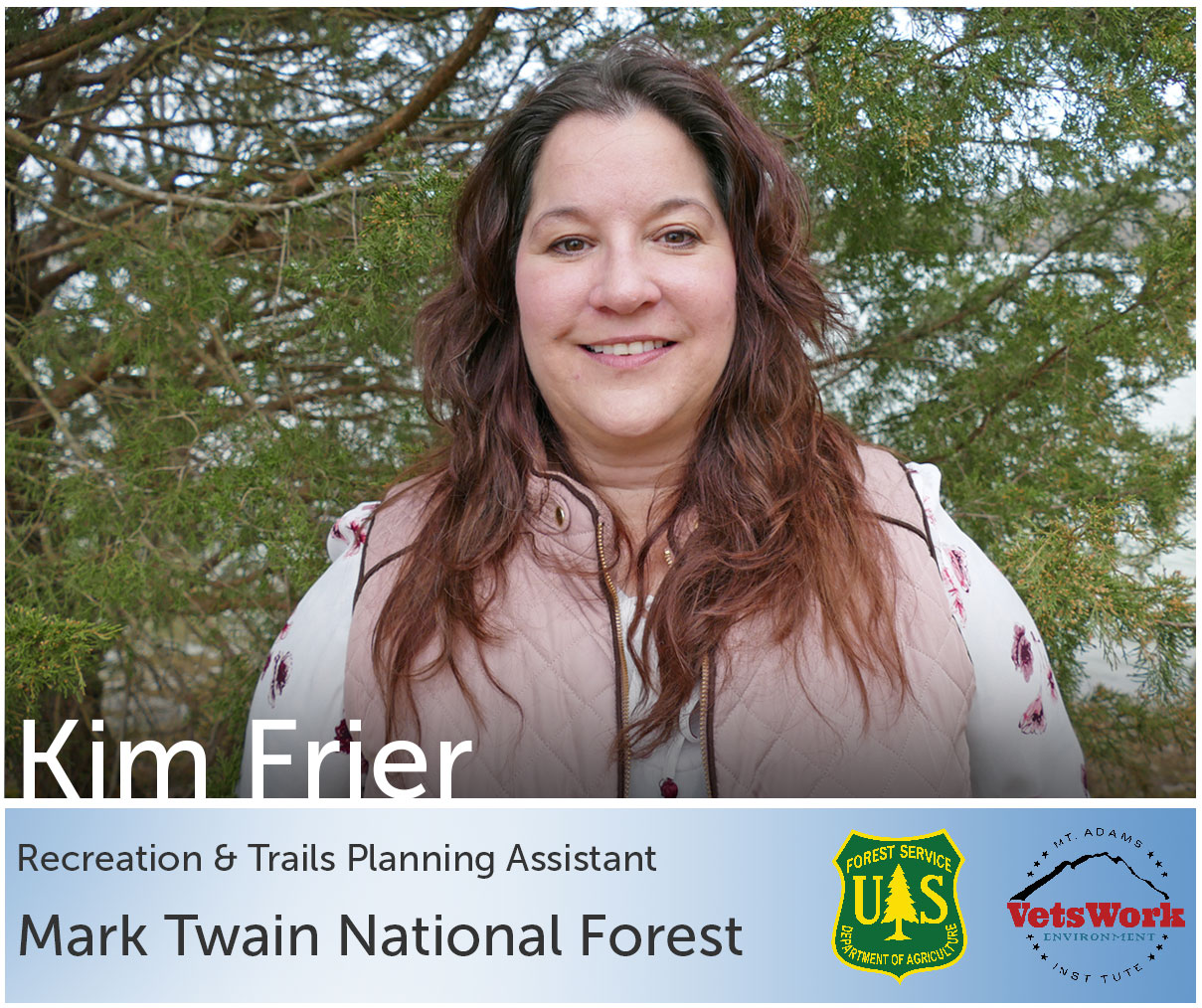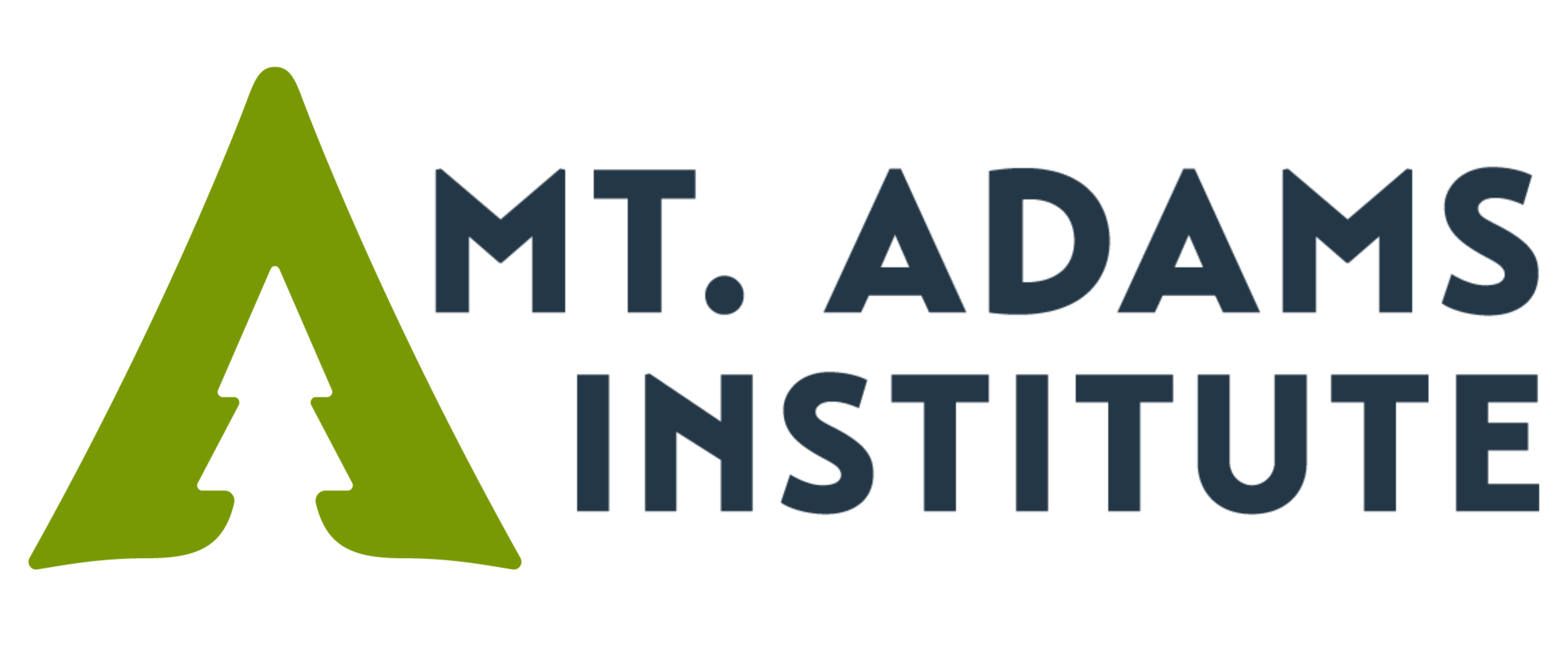
I met Staff Sergeant Robert Paul in the cab of a dusty 998 model Humvee near Baghdad, Iraq in 2004. I had just joined up with a new forward operating civil affairs team as a driver and a gunner. It was March 3…it was 98 degrees; Ramadan had ended the month prior and tensions were high. I had poor Arabic skills, no air conditioning, dysentery and a new team to meet. As a new team member the prospect of 12-14 hour days driving and switching off to the gunner position was exciting and I jumped at the chance to go. Bob was my team Sergeant, but in the real world was a natural resources specialist and a land use planner in Oregon. We spent countless hours between missions or driving through Iraq neighborhoods discussing infrastructure, land use, forestry, wildlife sustainability, and the possibilities of finding a career in these areas. Most of all Bob loved to lecture me on believing in myself. We laughed so much about the irony that Bob had once been in the Peace Corps, that we nearly split our sides. Sergeant Paul was my dearest friend at that time and someone I immediately looked up to. Later, Bob was killed in combat; to say that he inspired me to find my calling in life would be more than accurate, it would be prophetic. I never could have anticipated losing my friend, the impact that his death had on me, or the twists and turns that life would take to get me here, but here I am…and I have Bob to thank for it.
Mt. Adams Institute and the VetsWork program came along at a time when I had been out of the natural resources field for 5 ½ years, after seeking out an environmental science degree with GIS. I had almost given up hope that I would be able to pursue my dream of working for the U.S. Forest Service. One day I was scrolling along on my phone, half-heartedly looking for work, and keyed in some search terms, and there it was!
Now, I am stationed at the Mark Twain National Forest Supervisor’s Office in Rolla, Missouri; I’m beginning to realize the goals that I have can be achieved, and the promise and hope that Bob had for me in those dusty, endless summer days in our cramped vehicle in a combat zone are real. I’m believing in myself Sgt. Paul, I promise.
Settling in to a large Supervisor’s Office of an entire forest versus a district office can be daunting, as there are so many staff members, contractors, and varying teams to meet. My supervisor, Laura has been instrumental in letting me find my own path and offering me every available opportunity to seek education and training and experience opportunities along the way. Along with several ongoing projects having to do with trail rehabilitation and relief from major flood events in Missouri, I also am participating in a huge forest wide effort to update our maps, which are on average a decade old. Every team is adding data and the entire project is enormous in scope but will be beneficial to the consumer and for recreational purposes as well as for other government entities.
My Community Action Project was something that I wanted to jump on right away, primarily because I had an idea that I wanted to do something with pollinators and spring was already upon us. I finally made contact with BW Robinson, a school for the severely disabled that currently enrolls some 48-50 students in Rolla, Mo.
After working with their staff and social worker, touring the site and laboring over some logistical plans and backup ideas, a good plan with built in flexibility started to shape up, and I was getting really excited about meeting the students, explaining what pollination is and how bees in particular contribute to that process. I had to make modifications to standard classroom type presentations owing to the particular special needs of my audience, as 95% of them are non-verbal, a few have vision issues, and the majority have varying levels of autism, cognitive issues, or major physical disabilities.
Like all well-laid plans, the preparation of materials didn’t quite come together in a timely fashion, so the social worker, Ms. Dawn Evans and I worked late the evening prior cutting out paper bees, and coloring huge printed sheets of “flowers”. We had a good time though and were able to do a dry run of what my plan was for the following day, and how I might best approach varying types of students and hold their attention and interest. My military experience surely helped with my systematic approach to organizing, planning, public speaking and having an alternate plan.
That night I made up story boards that students could touch and indicate answers to simple questions. The model for my picture boards is that of pre-k to 1st grade age/level of learning, which best encompassed the majority of the aptitudes of the students. They can indicate by pointing, tapping or moving their eyes, head or chin directionally to the correct picture based on their physical ability, or by making a sound or indicating with a smile, which many did, prompting me to ask them… “ did I make this too easy?” The room seemed to disintegrate into chortles and wide innocent faces….yep…I’d been had! Their wide smiles were the encouragement I needed.
The day started at 7am and was over around 2:30pm. The students were very excited, and their energy was contagious. We really were successful with the help of the experienced staff, in preventing major meltdowns, or confusion, and the teachers in particular were delighted with the level of participation and the reactions/ interactions that their sometimes fragile students allowed and even leaned in to. Teachers exclaimed that some students engaged more than they had in days or weeks. It was truly something!
Below are some pictures of the event. I am hoping to do another event with them in the fall, or maybe even one in the winter as well! For the fall, I had considered doing changing leaf colors and a hands-on project for the students to mold a sugar leaf. Winter ideas are still in the planning phases, but potentially I am thinking about the concept of the types of rocks, focusing on the layers of sedimentary rocks and the hands on part being a “sedimentary rock” of their own made with layers of rice krispies, marshmallow, and chocolate chips. Perhaps we could make snowflakes or snowballs? My ideas tend to be the best part of the planning process. Let the chaos begin! The best part might be the end, if we can get there without all of our supplies being gobbled up.

